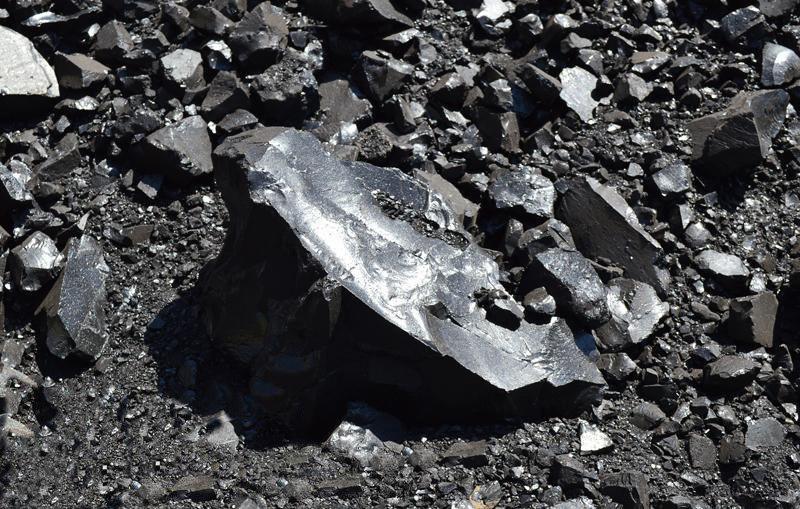
Good morning. We’re four days from the Super Bowl! We’re also five days away from my favorite day on the calendar: the day the bodies start piling up in my office again. The, uh, alive ones, that is. Yes. Alive. Let’s go with that. I don’t deal with the dead ones. Anymore. Probably for the best – that’s a messy business to be in.

CORPSES: HERE FOR HEALING… AND MAYBE FOR TASTE?
What are the positives of this treatment?
Human beings have always had a relationship with death that is perfectly balanced – one of both fear and fascination. Few people yearn to be around corpses, save for the sick few of us – who go on to do some of the most wonderful – and most depraved – acts known to humanity.
Corpses tend to be gross. They look weird, they smell awful, and they pass on filth and vermin to other living things. And yet, some physicians couldn’t get enough of them back in the day. In Medieval Europe, even with the Catholic Church making the examination of cadavers a sin punishable by excommunication, physicians worked by candlelight to dissect and diagram the inner workings of the body. So much of our modern medical knowledge comes from curious minds like Da Vinci who chose to ignore religious doctrine and forge a new path into answering important questions of the era.
Corpses provide us with medical insight in myriad ways; however, they don’t much provide with the actual cure to some ailments anymore. There are lines that are now too far to cross. Between the 12th and 17th centuries, however, liquified and powdered corpse was all the rage to treatment many different illnesses.
The story of corpse medicine dates back thousands of years, but has its roots especially in the Biblical-era Arabian peninsula. As modern humans know, oil is abundant in this part of the world, but prior to advances in technology, bitumen – the natural hydrocarbon that is one of the key ingredients in asphalt – was reasonably common. While people living two thousand years ago didn’t know this at the time, bitumen also has antimicrobial traits to it – and some varieties also include sulphur, which is a handy disinfectant in small quantities.


What are the negatives of this treatment?
Unlike bitumen, which has been confirmed to have those aforementioned positive qualities, it’s not entirely clear what eating powdered or liquified mummy does for a person. This, of course, did not stop any physician from prescribing the use of mummy all the same. People used corpse parts to treat just about everything… an 18th-century English Dr. Robert James considered mummy useful to use as a blood thinner, painkiller, cough medicine, anti-inflammatory, menstrual pain relief, and even more. Once again, there’s zero evidence of any actual positive effect.
England’s King Charles II had his own personal tincture of powdered skull and alcohol that he used for any number of ailments. German doctors prescribed bandages soaked in human fat as treatment for gout.
So what of the negatives, then? In reality, there probably weren’t really many – in part because mummy was so expensive to acquire. The average patient probably wasn’t actually taking all that much – but it remains absolutely disgusting to consider the true source of this magic elixir.
What are are some real life examples of this treatment?
Consuming mummies continues thousands of cannibalistic traits in European society; even in Roman times, the human body was used in all sorts of manners to provide cures for various ailments. Fresh blood was valued as a cure for epilepsy, and the blood of wounded gladiators commanded top dollar. Even for over a millennium after the fall of the Empire, it was common sight for people to collect fresh blood for a variety of uses from wherever they could get it, including from public executions, willing buyers… and unwilling victims. Blood was drank, turned into marmalade, used in tinctures, and much more. The consumption of flesh and powdered corpse seems like a natural extension of this behavior. Interestingly enough, some European scholars were even debating the morals and ethics of their own cannibalistic behavior in relation to the cannibalism practised by some Indigenous American groups in the 16th century; some even pointed out the hypocrisy of consuming mummy while looking down on Indigenous groups for eating the bodies of their vanquished enemies, close friends, or religious sacrifices.

When medical uses of mummy fell by the wayside, merchants switched to selling the powder for use in painting. Many 18th- and 19th-century artists preferred using paints with mummy powder, especially for shades of brown and flesh tones – and even as this gradually fell out of favor, one could still find people-based paints up to the early 20th century in some European art stores.
How can we improve this treatment for the future?
Rather than humans, let me be the first to suggest: flesh of a Japanese heifer, lightly marbled, dry-aged for about 70 days. Seared extremely hot but extremely quickly, and served immediately, as rare as possible. Best partnered with a bottle of Dom Perignon and some of those leftover ‘Luudes from that secret storage room at Qualcomm Stadium.
***
Information for this article taken from here, here, here, here, here, here, and here.
Quaaludes, you say?
Informative and repulsive.
Looking forward to the anit-vax crowd moving from drinking their own pee to eating each other
Soylent Green is marmalade. IT’S MARMALADE!!!!
Hence Rivers is only trying to feed the world, eat of my flesh sayeth the lord. Maybe that is also why Europeans ate people, I mean, if it’s good enough for Jebus….
“THANK YOU! THERE AT LEAST APPEARS TO BE ONE NON-SODOMITE AMONG ALL YOU DEGENERATES. THERE MAY BE HOPE FOR ALL YOU COCK-WALLETS TO BE SAVED BY THE ONE TRUE LORD AND SAVIOR!”
“I didn’t think this was possible, but I’ve lost my appetite.” — Andy Reid
“Oh, wait, it’s back now.”
Fascinating read, well done Sir. But I think I still prefer late 19th century Coke laced cola to cure my ills thanks.
I don’t get squeamish at a lot of things, but powdered corpse got me
Liquefied. Even more disgusting .
I never thought we’d have a “jellied corpse” tag, yet here we are.